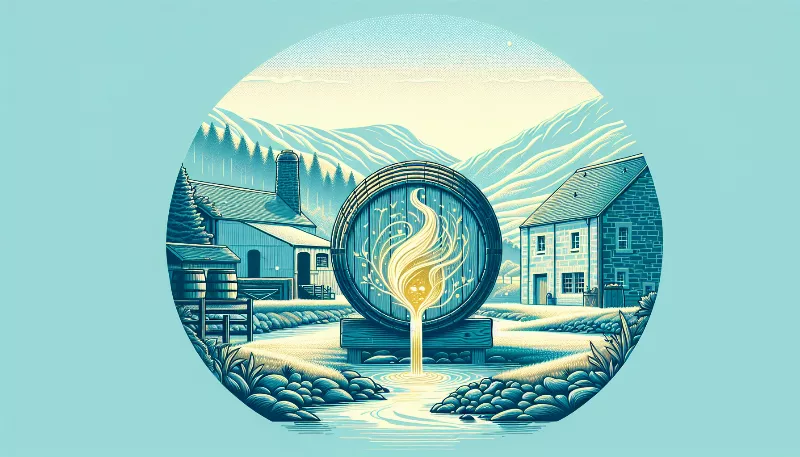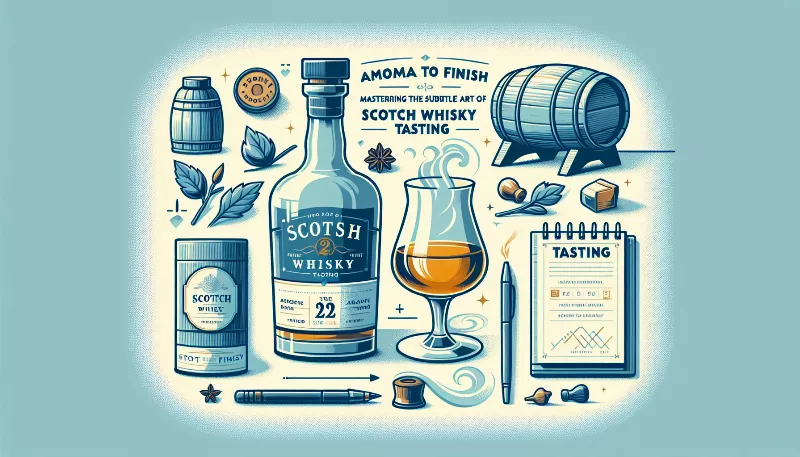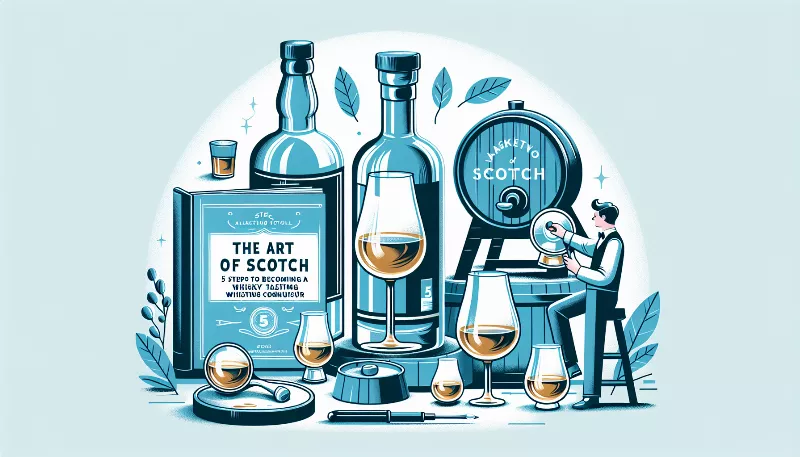Aged to Perfection: How Time Shapes the Soul of Scotch Whisky
Discover the art of Scotch aging and how time perfects its rich flavors. Unlock the secrets of whisky's soul in our expert guide.

Aged to Perfection: How Time Shapes the Soul of Scotch Whisky
There's a certain magic that unfolds within the walls of a Scotch whisky distillery. It's a process steeped in tradition, patience, and a touch of alchemy. As enthusiasts often say, 'the longer the wait, the sweeter the taste.' But what is it about the passage of time that so profoundly influences the character and soul of Scotch whisky? Let's embark on a spirited journey to discover how aging transforms this beloved spirit into a masterpiece of complexity and depth.
The Alchemy of Aging
At its core, Scotch whisky is a simple concoction of water, malted barley, and yeast. However, it's the aging process that truly defines its essence. When the clear, new spirit is poured into oak barrels, it embarks on an incredible transformation. Over time, the interaction between the wood and the whisky develops a symphony of flavors, colors, and aromas that were not present at the outset. The porous nature of the oak allows the spirit to breathe, expanding with the warmth of summer and contracting with the chill of winter. This dance between the whisky and the elements imparts rich notes of vanilla, caramel, and spice – the signature whispers of time well spent.
The Role of the Cask
The choice of cask is a critical decision in the maturation process. Former bourbon barrels, sherry butts, port pipes, and even wine barriques can be used, each bestowing its own unique influence on the whisky. A bourbon cask might lend sweet and creamy undertones, while a sherry cask could imbue the spirit with dark fruit and nutty flavors. The previous contents of the cask, along with the type of oak and the cask's history, all contribute to the final profile of the Scotch.
Time's Transformative Touch
As the years pass, the angel's share – the portion of whisky that evaporates through the cask – leaves behind a more concentrated and robust spirit. The longer the whisky matures, the more mellow and refined it becomes. Age allows harsher alcohols to evaporate and chemical reactions to produce new flavor compounds. This is why older whiskies are often smoother and more complex than their younger counterparts. However, there is a delicate balance to strike, as too much time can lead to an over-oaked taste that overwhelms the delicate balance of flavors.
Regulations and Standards
In Scotland, strict regulations govern the aging of Scotch whisky. By law, it must mature in oak casks for no less than three years, but many distilleries go far beyond this minimum. Age statements on bottles reflect the youngest whisky in the blend, ensuring transparency and quality for consumers. These standards preserve the integrity of Scotch whisky and guarantee that when you savor a dram, you're experiencing a product that has been aged to perfection.
The Art of Patience
Ultimately, the aging of Scotch whisky is an art form that requires patience and respect for time. It's a testament to the belief that some things simply cannot be rushed. Each bottle of aged Scotch is a narrative of its life in the cask, a story told through its rich palette of flavors. So, the next time you raise a glass of Scotch, take a moment to appreciate the years of craftsmanship and the timeless journey that has shaped its very soul.
Indeed, time is the invisible ingredient that makes Scotch whisky not just a drink, but an experience – one that is savored slowly, deeply, and with great reverence for the age-old process that brings it to life. Here's to the master distillers, the silent casks, and the relentless march of time that together create the liquid gold we know and love as Scotch whisky. Slàinte mhath!










